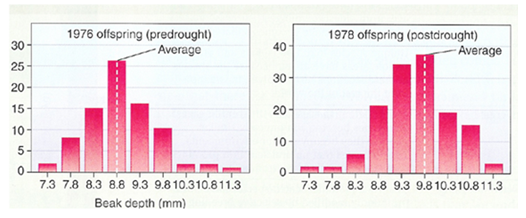Which of the following is the only animal able to be infected with HIV but can no longer be used for research due to ethical reasons and cost?
A. Asian macaque monkeys
B. Chimpanzees
C. Guinea pigs
Answer: B. Chimpanzees
You might also like to view...
Two potential devices that eukaryotic cells use to regulate transcription are _____
A) DNA methylation and histone amplification. B) DNA amplification and histone methylation. C) DNA acetylation and methylation. D) DNA methylation and histone modification. E) histone amplification and DNA acetylation.
Testing for differentiation of M. lacunata from other Moraxella species can best be performed by:
a. the ability to utilize acetate. b. the ability to liquefy serum. c. glucose utilization tests. d. growth on MacConkey agar.
Peter and Rosemary Grant study natural selection in finches on the Galápagos Islands. They have hypothesized that dry condition produce larger seeds and may result in larger beaks in succeeding generations of finches. The figure below shows their data from 1976 and 1978. The y-axis is the number of birds measured and the x-axis is the beak depth. Do their data support their hypothesis and why?

A. Yes; because there were more birds measured in 1978 after the drought, therefore they must have been able to get food and reproduce.
B. Yes; because the average beak depth of birds in the population increased from 8.8mm in 1976 to 9.8mm in 1978.
C. No; because even though more birds were measured in 1978, the beak size of the upper range was smaller.
D. No; because in 1976, before the drought, the largest beak depth was still 11.3mm.
E. No; more data would be necessary to show a support of their hypothesis.
Which of the following is a drawback to using coal as an energy source?
a. mining damages large areas of land b. all of the above c. coal miners have increased risk of respiratory illness d. burning coal releases greenhouse gases e. coal contains pollutants such as arsenic, nitrogen dioxide, and sulfur dioxide